The Australian bureau of statistics ranks Ischemic heart disease as the number one cause of death in Australia.
Across the pond In the USA, a staggering 600,000 people die each year from the disease. Close behind comes Western medicine treatment and error (520,000) and Cancer (480,000).
In this article we uncover gaps in the diagnosis of Ischemic heart disease and I share three early stage warning symptoms that I have found to be accurate in clinical practice (that no one talks about).
Finally, I outline six steps we can all take to support our heart health.
What Is Ischemic Heart Disease?
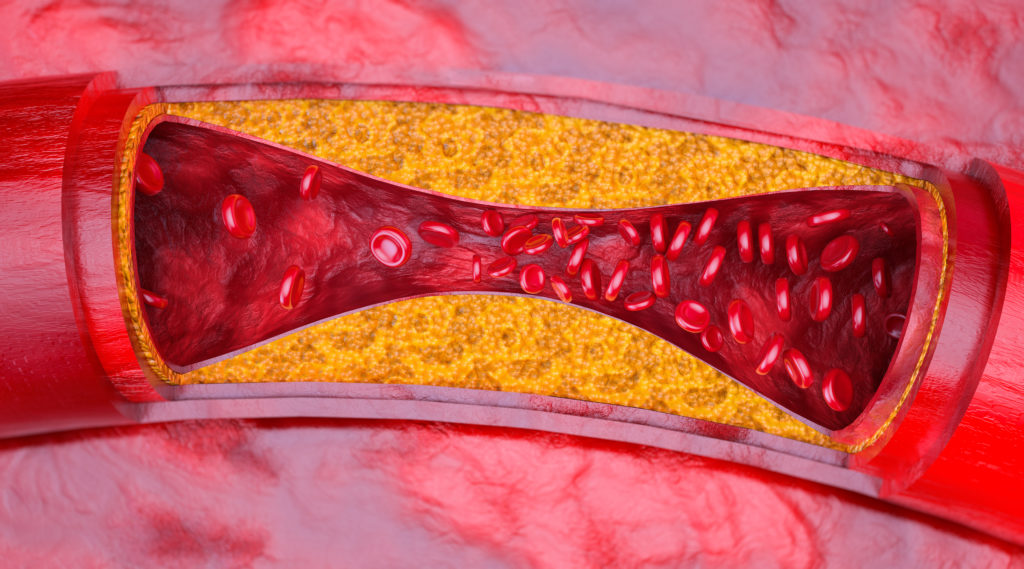
You probably even made it tight enough so that your finger started to change colour.
But, if you’re like most people… after a few moments you’ll eventually take the elastic band off to allow blood to flow back into your finger.
However, what would happen if you decided to leave the elastic band on?
If tight enough, the finger would eventually become starved of blood, oxygen and nutrient and the disease process would begin.
Left long enough and the finger will become diseased.
Now imagine if instead of your finger, your heart was now starved of blood, oxygen and nutrient.
This is what happens in Ischemic heart disease.
Just as there are degrees in how tight we can wrap an elastic band around our finger, there are stages of restriction of blood flow to the heart.
A 70-90% blockage of oxygen flow to the heart, and we initiate the onset of Ischemic heart disease.
Why So Many Die Of Heart Disease

When visiting a doctor or medical health professional, we expect to be told if something requires our attention.
However, when it comes to Ischemic heart disease, most medical testing has a hard time detecting blood flow problems until they’re already very serious.
One reason is because symptoms such as chest discomfort (that prompt a patient to visit their doctor) often won’t happen during exercise until an artery is already more than 70% blocked.
Symptoms may not even develop at rest until blood flow is up to 90% blocked!
This means patients often don’t know they have a problem to begin with!
The second reason is medical testing has a hard time detecting blockages less than 70%.
This mean’s a Doctor can be oblivious to blood flow problems in the early and middle stages of heart disease.
Example: The cardiac stress test (a common test for Ischemic heart disease), can detect blockages of 80% or more, just 65% of the time.
The reality is patients need severe blockages in the coronary artery to have any chance at detecting a problem.
This leaves large numbers of unhealthy patients passing these tests with flying colours.
But is someone with a 60% reduction of blood and oxygen flow to the heart a healthy person?
No.
However, patients with these type of blockages are routinely sent home with a full bill of health.
They’re sent home to wait until blood flow gets so bad that they fail these tests.
Others will have to wait for a heart attack to get a diagnosis.
This is why so many people are dying of heart disease.
3 Causes of Ishchemic Heart Disease
1. Artherosclerosis
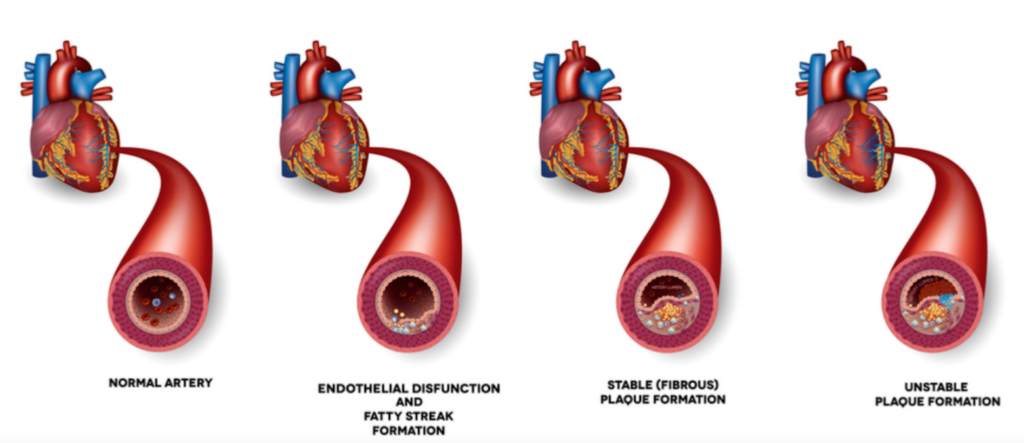
Artherosclerosis (the build up of fatty plaques inside the coronary artery) is a major cause of reduced blood flow to the heart.
The development of atherosclerosis starts as young as 10 years of age, but problems typically don’t manifest until a persons 40’s and 50s.
There are two types of atherosclerotic plaques
The first are stable plaques.
Overtime, as they get larger they narrow the space for blood to flow through the coronary artery.
This means less blood and oxygen reaches the heart, starving the heart muscle of vital nutrients that are needed to function.
When these plaques reduce blood flow by 70% or more, symptoms such as chest discomfort manifest during exercise or emotional dis-stress.
This happens because a 30% supply of oxygen is still sufficient for the heart to function normally during rest.
However, as the heart rate increases with exercise or emotional dis-stress, the heart’s demand for oxygen also increases.
Now a 30% supply isn’t sufficient to meet the increased oxygen needs of the heart during exercise.
If this occurs for long enough, the heart can become Ischemic or damaged.
As these plaques progress, blocking the vessel by up to 90%. Now symptoms can develop at rest.
With only 10% supply reaching the heart, the heart is now starved of essential nutrient, causing Ischemia.
The second type of plaques are the more dangerous unstable plaques.
They’re “unstable” because they’re unpredictable.
These plaques can disrupt without warning, creating thrombus formation and lead to serious events within a very short period of time.
Common causes of both plaques include high sugar diets and cigarette smoking.
2. Vaso-spam (Broken heart syndrome)
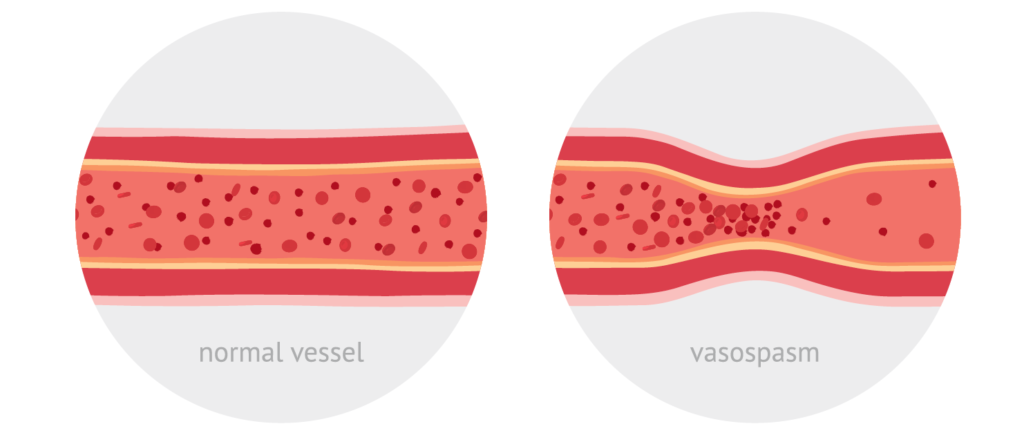
A vaso-spasm or what’s sometimes called broken heart syndrome is a muscular contraction of the coronary artery.
It’s a serious problem that can be brought on by severe emotional dis-stress.
The artery is clear, the difference is the muscle around the vessels supplying the heart becomes contracted and tight.
This leads to a narrowing the diameter inside the vessel wall, and therefore reduced blood flow to the heart.
This is possible when increased adrenalin is released into the blood stream in response to dis-stressful events.
It’s interesting because nature never wanted our coronary arteries to be at the mercy of our emotions.
This is why we’re given an even number of alpha 1 and beta 2 receptors along the vessel wall.
Alpha 1 receptors contract in the presence of adrenalin, while beta 2 receptors open up in the presence of adrenalin.
For this reason adrenalin doesn’t usually have a negative impact on the coronary artery.
However it’s been proposed that vasospasm may occur in patients who have more alpha 1 than beta 2 receptors.
These people are more sensitive to adrenalin (more commonly women), causing the coronary artery to contract during times of dis-stress.
This can be seen when a husband dies and the wife dies days later from a broken heart.
Another cause according to Chinese medicine is eating and drinking icy cold food/liquids.
This is possible because cold has a natural tendency to contract and tighten our muscles including the muscles of the vessel wall.
The close proximity of cold liquid moving down the oesophagus to the coronary arteries, is said to be enough to reproduce a vaso-spam.
An example of this is the patients who develop chest pains after drinking icy liquid on a summers day.
Both dis-stress and cold exposure have the potential to create intense, long lasting pain and widespread damage to the heart in those susceptible.
3. Arteriosclerosis (Stiffening)
Arteriosclerosis is a stiffening of the outer wall of the coronary artery.
Here, the walls become stiff due to calcification. The vessels become less flexible, meaning they no longer expand to their normal capacity.
This causes patient’s to easily suffer from high blood pressure.
For this reason patients with this such stiffening of the vessel wall will feel worse during exercise.
Their vessels cannot expand to cope with the increased volume of blood and oxygen demand for the heart during exercise.
Common causes include age and is speed tracked by cigarette smoking and a poor diet.
Testing In Western Medicine
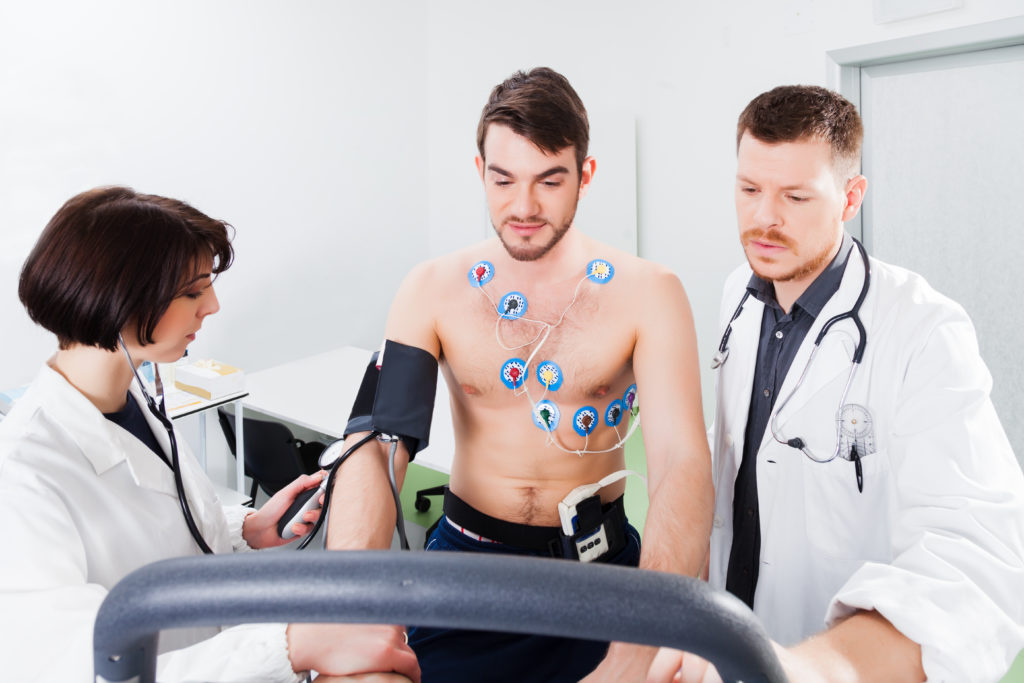
Doctors are trained to stop people dying, and they’re great at it!
However, western medicine is so focused on problems once they’re already serious that they’re often blind to early stage problems.
The result is thousands of patient’s slip through the cracks because they’re not in bad enough condition yet.
Unfortunately, these cracks are big enough to let patients with a 70% blockage in the coronary artery to be sent home with no further plan.
It’s only when patients have serious problems and fail tests such as an ECG or treadmill stress test, that they may qualify for an angiogram.
The angiogram is more invasive and expensive but provides greater analysis of the coronary artery. The downside is it still can’t see smaller arterioles feeding the heart.
It’s possible to test the level of risk of heart attack (for those who already have known plaques) via a blood test for C- reactive protein.
This allows us to find out if already developed plaques are inflammatory (more serious) or not.
The higher the c-reactive protein reading, the more likely the patient will develop a future heart attack or suffer secondary heart attack.
High C-reactive protein is also a biomarker for autoimmune diseases.
It’s possible to mistakenly diagnose this as an autoimmune disease but may really be coronary heart disease.
Common tests include
- Chest x –ray’s to detect fluid and enlargement of the heart, fluid in the lung
- Echocardiogram – Show’s pumping ability of the heart, and ejection fraction
- ECG – Indicates previous damage from a past heart attack, rhythm problems, ejection fraction, valve leaks, systolic failure
- Catheter – Detects coronary occlusions and allows biopsy of the heart wall
- Nuclear stress test – at 91% effective in spotting an 80% coronary blockage
- CT scan – can show arteriosclerosis
- Blood tests –provide BNP levels (indicating heart failure), and elevated C- reactive protein.
Chinese Medicine Offers Insight Into Early Stage Heart Disease
Just as Western medicine is great at diagnosing and treating life threatening diseases, Chinese medicine is obsessed with identifying chronic diseases in the early and middle stages of development.
If you’re un-familiar with the principles of Chinese medicine, one of it’s key treatment principles is ensuring highly oxygenated, highly nutritious blood, coursing through the body, reaching all organs and tissues.
A simple statement, but one with profound meaning.
This is because any restriction of Blood (Xue), vital air/oxygen (Qi) and nutrient (Ying qi) into any organ or tissue is a major cause of disease.
Why? Because all of the resources our body needs is transported by the blood.
The best minds in China have been trying to understand how to restore blood and oxygen flow for the past 2,000 years!
At its core, this is what Chinese medicine is all about.
But how does this relate to ischemic heart disease? The Chinese describe reduced blood flow through the heart by a different name.
It’s called heart blood stasis.
Heart blood stasis literally means a restriction of Blood (Xue), vital air (Qi), and Nutrient (Ying Qi) through the vessels (Mai) that connect to the heart.
Chinese medicine has access to diagnostic testing that can indicate the early and middle stages of “heart blood stasis”.
How?
Chinese medicine has closely associated blockages in the left radial artery (just proximal to the scaphoid bone at the wrist), to be closely correlated to heart blood stasis.
They also identified symptoms that go beyond what we know in the west, shinning a light on the early stages of heart blood stasis.
In fact the Chinese identified three symptoms that presents in early and middle stages of heart disease.
They are fatigue, anxiety and insomnia.
Chinese Medicine Knows Something Western Medicine Doesn’t

Western anatomy and physiology is superior to ancient Chinese anatomy and physiology.
However the Chinese know something that western medicine doesn’t know.
What the Chinese know about the body was first discovered by sneaking into cemeteries at night, examining Cadava’s in the dark.
This made dissections complicated.
However, with limited resources they discovered important functions about the body, including the role of the heart.
They discovered the heart pumped blood (Xue), Vital air (Qi) and Ying Qi (Nutrient) through the body, 600 years before western medicine figured it out.
They also recorded acute symptoms of “heart disease” as we know today.
However, they included three symptoms that present early in the development of heart disease that has been completely missed by western medicine.
They are fatigue, anxiety and insomnia.
The Chinese know that heart disease causes fatigue, anxiety and insomnia early in it’s development.
Currently, these are not considered early to middle stage symptoms of heart disease in Western medicine. In fact, there aren’t any.
Instead when Ischemic heart disease is mentioned to a medical doctor they think chest discomfort, shortness of breath, pain, numbness down the arm, jaw pain and more (all late stage symptoms).
It’s estimated that two thirds of women die suddenly of heart disease without any acute symptoms.
The first sign in western medicine of heart disease in men is often a full blown heart attack.
The correlation between fatigue, anxiety and insomnia is missing in western medicine and I believe the Chinese have the diagnostic information that fills the gaps.
Such contributions from the Chinese have the potential to transform the treatment of heart disease for millions of people.
A Blindspot In Western Medicine
As I have mentioned, Western medicine is the best in the world when it comes to emergency medicine and trauma care.
However, western medicine is lost when it comes to the early detection and treatment of heart disease.
An obvious example of this is that fatigue, anxiety and insomnia are often considered to have to do with everything above the neck (our brain).
If a patient complains of fatigue, anxiety and insomnia, they’ll usually walk out the doctors office with a prescription to alter their brain chemistry (a happy pill).
However, I have strong reason to believe (just as the Chinese figured out) that fatigue, anxiety and insomnia are not mental problems, but symptoms of early and middle stage heart disease.
How?
Well because it’s the overall functioning of the physiology that determines brain wave patterns.
Let’s assume the chain of causality of Anxiety is
A = B = C
Let’s say C is the Anxiety and B is the brain chemistry problem.
When serotonin drugs are prescribed, patients can feel better.
But what happens when the patient stops taking the drug? The anxiety often comes back because B, in most cases is not the cause of C.
There are several reasons to believe the underlying cause (A) is the functioning of the heart (reduced blood flow to the brain) may lead to brain chemistry issues (B)
I believe this to be true, not just because it happens to be something Chinese medicine doctors have been hinting at for 2000 years.
But because when I use Chinese medicines to increase blood flow through the heart, the fatigue, anxiety and insomnia go away in the overwhelming majority of patients.
Heart Disease = Fatigue, Anxiety & Insomnia
Aside from being documented in the Huang Di Nei Jing (an ancient Chinese medicine text).
The most common complaint patients above 50 have when arriving at my practice is:
Fatigue, insomnia and anxiety.
It just so happens that Boston university school of Medicine reviewed 6,000 americans (average age 51) and discovered 60% of participants were walking around with pre clinical heart failure.
Could there really be a link between heart disease, fatigue, anxiety and insomnia?
I am certain the Chinese are onto something.
This is why.
With every new patient I see, I first examine the patient’s radial artery (using pulse diagnosis).
A high percentage of patients over 50 already show reduced blood flow through the radial artery. One of the key signs of “heart blood stasis”.
Without the patient saying a word, I can confirm the main reason they’re in my office.
They’re tired, they can’t sleep and they’re anxious and easily upset.
But If this were true, we’d expect the fatigue, anxiety and insomnia to improve when directly treating heart blood stasis.
Right?
It just so happens that when we treat heart blood stasis with Chinese medicine, the fatigue, insomnia and anxiety are 50-80% better within the first 4 weeks for the majority of patients.
After 12 months of treatment the results stick even when coming off the Chinese medicine.
I’ve been doing this 5 times per day for the last 2 years now.
After repeating it hundreds of times, I am now a believer.
Western medicine could figure this out too. All they need to do is look at a few thousand charts of patients with heart problems in hospitals.
They’d find patients with heart disease are much more likely to have fatigue, anxiety and insomnia.
But no one ever looks.
How Could Heart Disease Cause Fatigue, Anxiety & Insomnia

The relationship between restricted blood flow to the heart to each of these symptoms could fill an entire article in itself.
I’ll briefly share my thoughts on each here.
Fatigue
The heart is our major pump and it’s role is to push blood, oxygen and nutrient to the major organs and tissues in our body via a piping system called the vascular system.
What happens if this pump cannot push enough blood, oxygen and nutrient around the body?
Our organs and tissues becomes starved of oxygen and we’ll feel tired.
As oxygen is vital to energy production, the limitation of oxygen limits the bodies ability to produce energy.
What happens in anaemia? Patients become tired, because there’s a lack of oxygen efficiently transported around the body.
The same is true for restricted blood, oxygen and nutrient flow trough the heart, to the rest of the body.
Insomnia
A part of our brain, called the midbrain receives millions of bits of information per second from the rest of our body.
This is why we don’t need to consciously think about digesting food or pumping blood around our body.
These functions are controlled by a computer called the mid-brain.
If we have heart disease in our body, I have no reason to believe why our brain wouldn’t know this.
In response, our mid-brain won’t want us going into deep sleep.
Why? Because if we have a heart attack, we won’t wake up.
Our mid-brain keeps us half awake in case we have chest pain. This gives us a chance to save ourselves.
Insomnia could very well be part of a inbuilt survival mechanism from the mid-brain in response to heart disease.
Anxiety
It’s been known in the medical literature for some time that people with heart disease have a higher tendency to anxiety and depression.
I think about it like this.
Imagine a system that has a lack of blood, oxygen and nutrient flowing through the heart for 20 years.
Eventually the heart muscle becomes weak and anaemic. This makes our physiology (un-consciously) nervous, and the body has a tendency to become anxious.
Heart problems also influence our brain wave patterns.
It’s possible that these changes could set our brain wave patterns to an anxious state.
Testing in Chinese Medicine

Medical Pulse diagnosis (MPD) is the gold standard for diagnosing heart conditions according to Chinese medicine.
Chinese medicine doctors have used pulse diagnosis for centuries. However, In the past 20 years, it has advanced significantly through the work of Robert Doane (USA) and Dr Zang Wei Yin (Taiwan).
Anecdotal evidence spanning hundreds of thousands of patients across Taiwan, the USA and Australia have already been recorded.
Hundreds of thousands of patient visits have demonstrated an ability to identify the underlying nature of heart problems described by Chinese medicine including:
- Inefficient blood flow through the heart (Heart blood stasis)
- A weak heart (Heart Insufficiency)
- Vasospasm (Heart Cold)
- Endocarditis/pericarditis (Heart heat)
The underlying nature of these problems have been documented with associated changes in the left radial artery.
The detection of these specific changes directs the specific treatment strategies with Chinese herbal medicines.
A Patient Visit Can Go Like This
Me: Mr’s Anderson, your radial pulse shows signs of “heart blood stasis”, in Chinese medicine this indicates an inefficient blood flow through the heart. This can lead to fatigue, poor sleep and anxiety.
Mr’s Anderson: “Yes, I’m exhausted. I can’t sleep and feel anxious and get palpitations, but the cardiologist said my heart is perfect!
Me: You’ve already been to the cardiologist?
Mr’s Anderson: Yes, I was getting chest pain
Me: Do you still have it?
Mr’s Anderson: Yes, but I did a ECG and a treadmill stress test but they didn’t see anything wrong. The doctor said my heart was fine.
Me: That’s great you didn’t fail the test Mr’s Anderson, but they didn’t tell you the big secret.
Mr’s Anderson: What’s the big secret?
Me: You’d only fail the test if you had a blockage of 70-80% or more. If you had anything less than a 70% blockage (enough to give you fatigue, anxiety and insomnia), you’re not unlikely to fail the test.
Mr’s Anderson: Oh, they didn’t tell me that.
Me: What we’re going to do Mr’s Anderson is encourage normal blood flow through the heart, by treating the “heart blood stasis”. We want to see your fatigue, sleep and anxiety all be 50-80% better within the first month.
How Chinese medicine Treats “Heart Blood Stasis”
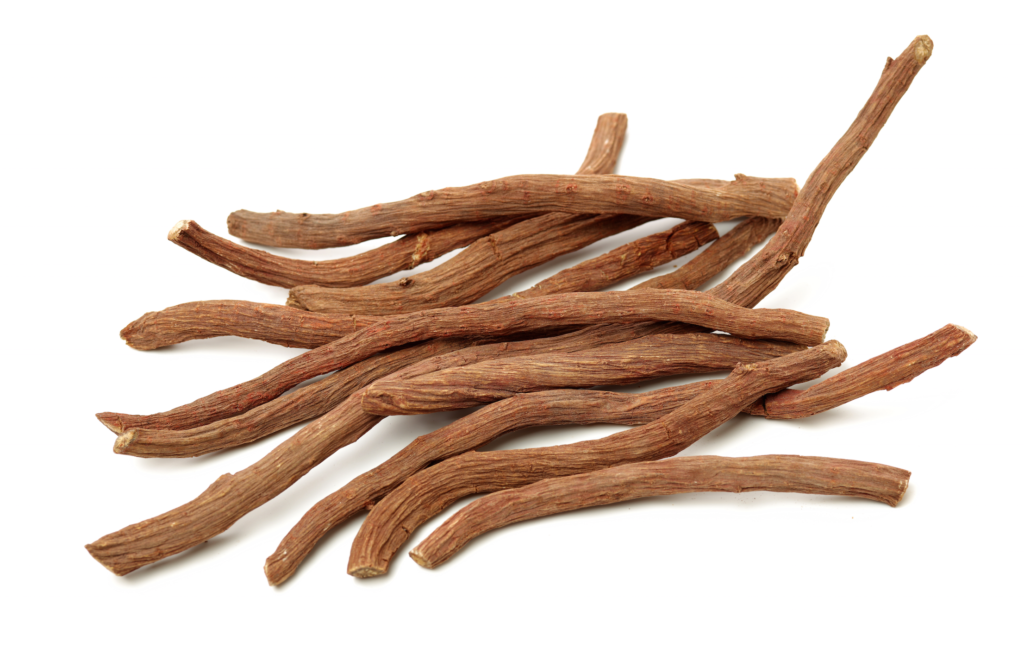
The number one cause of ill health and disease in Chinese medicine is Blood stasis.
When is comes to “heart blood stasis”, Chinese medicine has a logical and mechanical way of treating it.
This is possible with a class Chinese medicines called “Blood movers” that encourage blood flow through the heart.
In artherosclerosis, the radial pulse with feel spongy in all positions. Blood movers are used in combination with Chinese medicines that shrink swelling and inflammation in the vessel wall, including astringent herbs.
In the case of vasospasm or what’s called “Heart cold” in TCM, it can be detected in the cun position of the left radial artery. The artery will feel like a very thin wire.
“Blood movers” are used with Chinese medicines that relax, vaso-dilate and open up the blood vessels. This is possible with a class of herbs called “vasodilators”.
In arteriosclerosis, the radial artery will feel stiff in all positions. The amplitude of the pulse will be small. “Blood movers” can be combined with Chinese medicines that soften the arterial wall.
For problems such as low grade endocarditis or pericarditis where there’s an infection present, the left radial pulse in the cun position will be deep near the bone and pounding.
“Blood movers” combined with strong Chinese medicines from the heat clearing category are used to clear the infection.
The Big Problem In Chinese Medicine
There are a number of problems with the Chinese medicine profession.
One of the major problems is a large percentage of Chinese doctors are more concerned about digestive problems, infertility and pain rather than what’s killing everyone.
This is because of a lack of practitioners are skilled in pulse diagnosis to detect early signs of cardiovascular disease.
Most practitioners are so focused on treating pain, liver and stomach problems (and they’re great at it), that they forget what’s actually killing everyone.
The reason being, practitioners spend a lot of time learning about organ dysfunctions that were common 2000 years ago.
Back in ancient times we had parasites in the water, people consumed alcohol like water (some still do) and for this reason a lot of attention was on stomach, liver and Kidney problems.
Heart disease wasn’t one of the major problems at the time. Perhaps their arteries weren’t as clogged from all the glucose we have in our diet today!
The reality is Chinese medicine has a goldmine of knowledge that can help millions of people.
We even have the specific medicine at our fingertips to help these heart problems in their early stages.
When both Western medical and Chinese medical doctors become skilled in pulse diagnosis, to their surprise the majority of patients over 50 years old are walking around with “heart blood stasis”
6 Basic Steps To Support Our Heart
There are factors that we can’t control, such as our age, gender and family history.
However, there are steps we can take that can have a positive impact on our heart.
- Avoid a diet that creates high glucose fluctuations. Glucose fluctuations damage the arterial wall. This means staying away from sweets, bread, pasta, alcohol and soft drink
- Smoking increases unstable plaque formation. The good news is one year after stopping, the risk of heart attack is cut by 50% for heavy smokers.
- Be wary of recreational drugs such as cocaine. Cocaine is a strong vasoconstrictor that can produce coronary spasms, leading to serious cardiac events.
- Avoid long distance endurance events. Prolonged exercise overworks the heart and overtime can make the heart anaemic.
- Fill your diet with healthy fats and avoid trans-fats
- Manage stress with tools such as the Demartini method.
About The Author

David is a registered Chinese medicine practitioner and has written a number of eBooks including The Pocketbook guide to Chinese medicine.
For more content, connect with David on Facebook and Instagram
If you got value from this article, please share this content with your friends and family
Sharing is caring!
